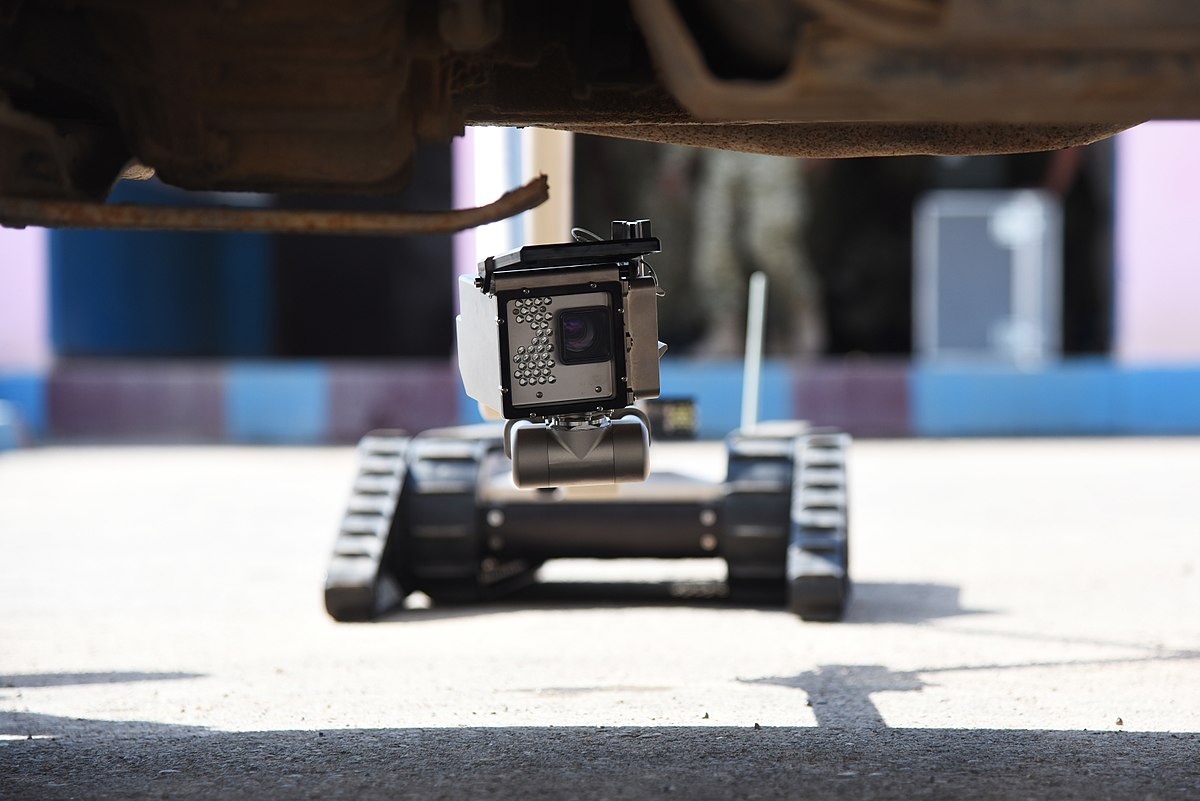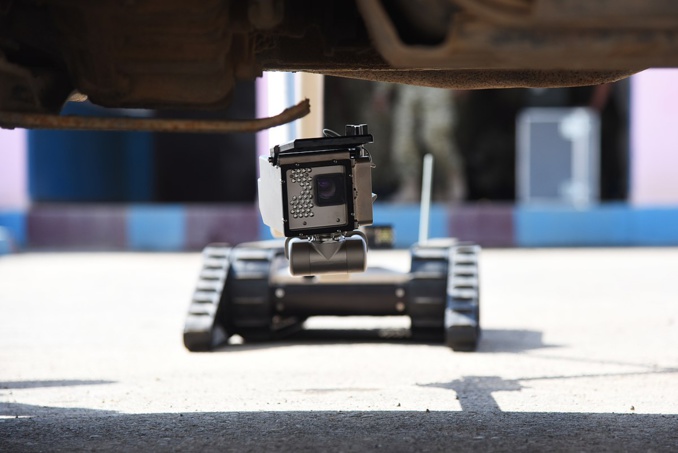According to Wells Fargo Bank analysts, about 10% of jobs in the banking sector in the USA will disappear in the next ten years due to automation and technology development. This is 200 thousand employees.
Already now, people have to work along with robots: for example, this week Ford announced creation of a team that will assemble Ford Fiesta together with robots at a plant in the UK.
Jonathan Payne, a professor at De Montfort University of Leicester who specializes in labor and employment issues, has prepared a study. The paper suggests that many workers in the UK deliberately sabotage use of robots at their enterprises, and even disable them, fearing that they will take away their work. According to Mr. Payne, employers are reluctant to explain to employees why they decided to use robots for certain operations.
The dissatisfaction of employees is also enhanced by the fact that at the current stage the machines are often far from perfect. After Walmart began using robots to place goods on shelves, unload boxes of goods, clean rooms and so on, The Washington Post talked with the company employees to find out about their reactions. They said they felt uncomfortable near robots, and did not know how to deal with them, and that using robots made their work even more monotonous, and that they themselves began to feel like machines.
Customers are also dissatisfied. Margiotta, the Scottish supermarket chain, had to remove the Fabio robot from the store. The robot was supposed to help customers find the right product or check the price. However, customers repeated that Fabio was creepy and avoided it.
The attitude towards robots differs throughout the world. Researchers at De Montfort University compared interaction with robots of workers from the UK and Norway. A much more positive attitude towards robots was observed in Norway, where workers gave them affectionate nicknames and sought to use them when performing physically difficult or repetitive operations.
Much depends on the company’s managers. According to Mike Clancy, Head of the British Prospect Union, which brings together managers, engineers and other highly skilled workers, the key issue is transparency about where and how automation will be used. The distrust is not caused by robots themselves, but by the wrong leadership strategy. “When robots suddenly appear at a factory or in the office, people will always be more afraid if they have no chance to express their opinion,” he notes.
source: telegraph.co.uk, washingtonpost.com
Already now, people have to work along with robots: for example, this week Ford announced creation of a team that will assemble Ford Fiesta together with robots at a plant in the UK.
Jonathan Payne, a professor at De Montfort University of Leicester who specializes in labor and employment issues, has prepared a study. The paper suggests that many workers in the UK deliberately sabotage use of robots at their enterprises, and even disable them, fearing that they will take away their work. According to Mr. Payne, employers are reluctant to explain to employees why they decided to use robots for certain operations.
The dissatisfaction of employees is also enhanced by the fact that at the current stage the machines are often far from perfect. After Walmart began using robots to place goods on shelves, unload boxes of goods, clean rooms and so on, The Washington Post talked with the company employees to find out about their reactions. They said they felt uncomfortable near robots, and did not know how to deal with them, and that using robots made their work even more monotonous, and that they themselves began to feel like machines.
Customers are also dissatisfied. Margiotta, the Scottish supermarket chain, had to remove the Fabio robot from the store. The robot was supposed to help customers find the right product or check the price. However, customers repeated that Fabio was creepy and avoided it.
The attitude towards robots differs throughout the world. Researchers at De Montfort University compared interaction with robots of workers from the UK and Norway. A much more positive attitude towards robots was observed in Norway, where workers gave them affectionate nicknames and sought to use them when performing physically difficult or repetitive operations.
Much depends on the company’s managers. According to Mike Clancy, Head of the British Prospect Union, which brings together managers, engineers and other highly skilled workers, the key issue is transparency about where and how automation will be used. The distrust is not caused by robots themselves, but by the wrong leadership strategy. “When robots suddenly appear at a factory or in the office, people will always be more afraid if they have no chance to express their opinion,” he notes.
source: telegraph.co.uk, washingtonpost.com



















